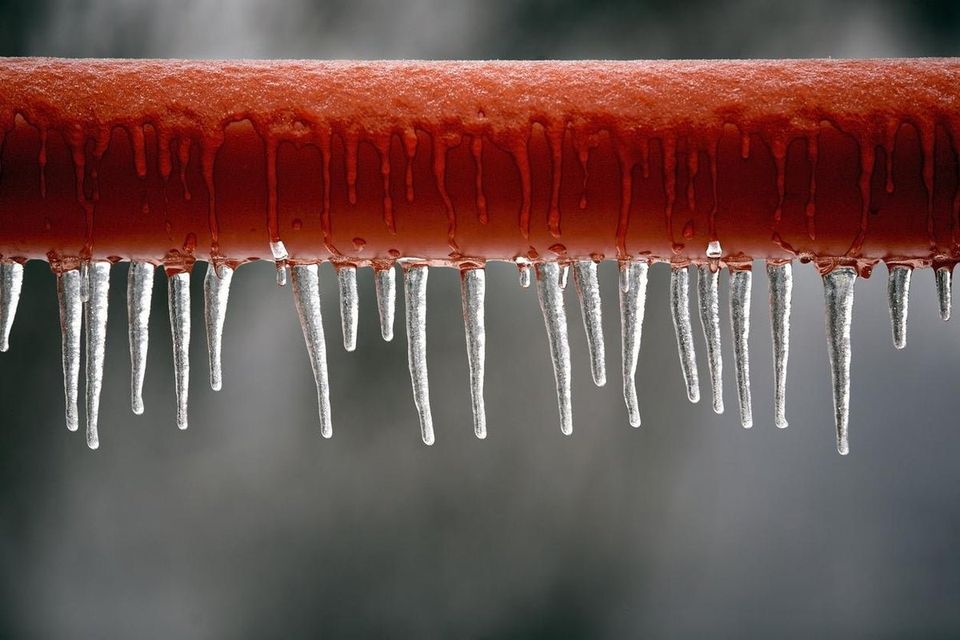Avoiding Pipes from Freezing: Top Tips
Avoiding Pipes from Freezing: Top Tips
Blog Article
What're your opinions on How to Prevent Your Pipes From Freezing?

Cold weather can damage your plumbing, especially by freezing pipelines. Here's exactly how to stop it from occurring and what to do if it does.
Intro
As temperature levels drop, the danger of icy pipes rises, potentially resulting in costly repairs and water damages. Comprehending exactly how to avoid icy pipelines is crucial for home owners in cool climates.
Comprehending Frozen Pipes
What causes pipes to ice up?
Pipelines ice up when exposed to temperature levels listed below 32 ° F (0 ° C) for prolonged periods. As water inside the pipelines ices up, it broadens, taxing the pipeline walls and possibly causing them to break.
Risks and damages
Icy pipes can result in supply of water disturbances, building damage, and costly repair services. Ruptured pipelines can flooding homes and create considerable architectural damages.
Indications of Frozen Piping
Identifying icy pipelines early can prevent them from rupturing.
How to determine icy pipes
Search for lowered water flow from faucets, uncommon smells or noises from pipes, and noticeable frost on revealed pipes.
Prevention Tips
Protecting at risk pipelines
Cover pipes in insulation sleeves or utilize warm tape to secure them from freezing temperature levels. Concentrate on pipelines in unheated or exterior areas of the home.
Heating techniques
Keep indoor areas sufficiently heated, especially locations with pipes. Open up cabinet doors to enable cozy air to flow around pipes under sinks.
Protecting Exterior Plumbing
Yard hoses and outside taps
Separate and drain garden hose pipes prior to winter months. Install frost-proof spigots or cover outdoor faucets with protected caps.
What to Do If Your Pipes Freeze
Immediate actions to take
If you presume icy pipelines, keep faucets available to eliminate stress as the ice thaws. Utilize a hairdryer or towels soaked in hot water to thaw pipelines gradually.
Long-Term Solutions
Architectural adjustments
Think about rerouting pipelines away from outside wall surfaces or unheated areas. Add added insulation to attics, basements, and crawl spaces.
Updating insulation
Buy top quality insulation for pipelines, attic rooms, and walls. Appropriate insulation assists keep constant temperatures and reduces the threat of frozen pipelines.
Verdict
Stopping frozen pipes calls for positive measures and fast actions. By understanding the reasons, indications, and preventive measures, home owners can safeguard their pipes throughout cold weather.
5 Ways to Prevent Frozen Pipes
Drain Outdoor Faucets and Disconnect Hoses
First, close the shut-off valve that controls the flow of water in the pipe to your outdoor faucet. Then, head outside to disconnect and drain your hose and open the outdoor faucet to allow the water to completely drain out of the line. Turn off the faucet when done. Finally, head back to the shut-off valve and drain the remaining water inside the pipe into a bucket or container. Additionally, if you have a home irrigation system, you should consider hiring an expert to clear the system of water each year.
Insulate Pipes
One of the best and most cost-effective methods for preventing frozen water pipes is to wrap your pipes with insulation. This is especially important for areas in your home that aren’t exposed to heat, such as an attic. We suggest using foam sleeves, which can typically be found at your local hardware store.
Keep Heat Running at 65
Your pipes are located inside your walls, and the temperature there is much colder than the rest of the house. To prevent your pipes from freezing, The Insurance Information Institute suggests that you keep your home heated to at least 65 degrees, even when traveling. You may want to invest in smart devices that can keep an eye on the temperature in your home while you’re away.
Leave Water Dripping
Moving water — even a small trickle — can prevent ice from forming inside your pipes. When freezing temps are imminent, start a drip of water from all faucets that serve exposed pipes. Leaving a few faucets running will also help relieve pressure inside the pipes and help prevent a rupture if the water inside freezes.
Open Cupboard Doors
Warm your kitchen and bathroom pipes by opening cupboards and vanities. You should also leave your interior doors ajar to help warm air circulate evenly throughout your home.

As a person who reads on How To Avoid Freezing Pipes, I thought sharing that excerpt was beneficial. Don't hesitate to take a moment to distribute this blog post if you liked it. Kudos for being here. Kindly check our website back soon.
Request Your Service Report this page